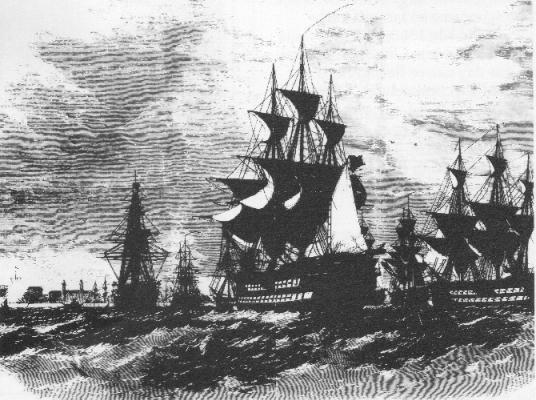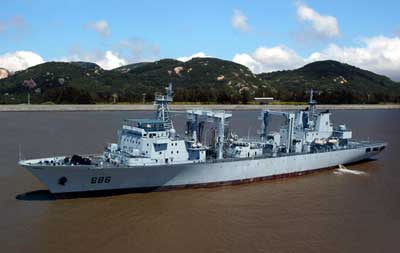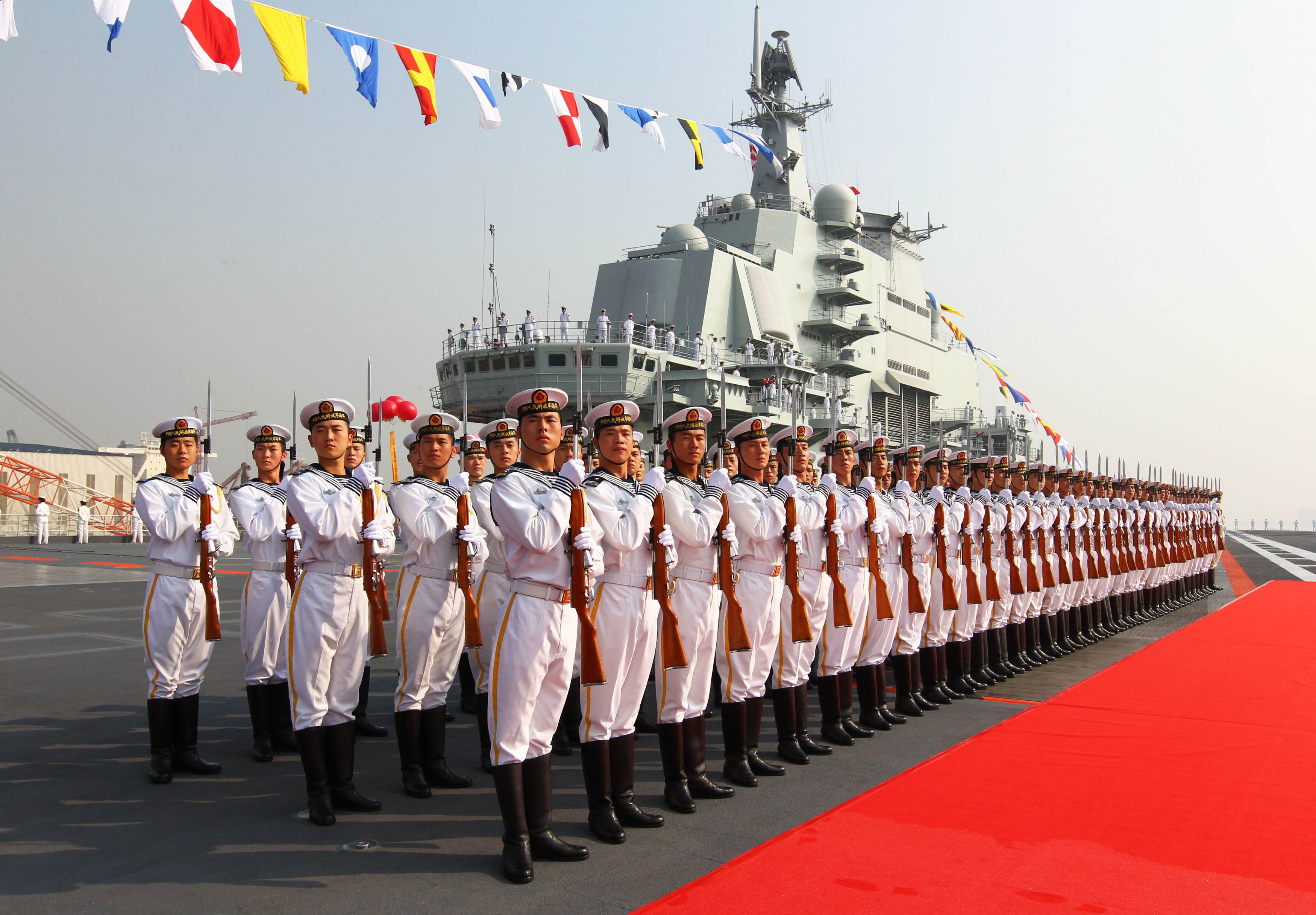In 2012, China launched its first
operational aircraft carrier, the Liaoning.
Bernard D. Cole’s post on USNI News titled "The Future of Chinese CarrierForce" mentions how China’s pursuit for more carriers has attracted world
attention. As I read this, I was reminded
of some of things that were brought up earlier on in DS385. We learned that it took incredible efforts to
sustain the U.S. Navy’s carrier task forces in the Pacific Theater. This made we wonder whether China had the
capability to sustain its carrier. An
aircraft carrier is a lethal weapon and crucial for force projection; however,
the carrier is useless if it cannot be sustained while at sea.
 China’s organizational culture has
hindered their ability to become a world power.
China is not an expansionist state, but instead a very introverted
state. Throughout history, China kept or
attempted to keep foreigners from interfering with Chinese affairs. Today, the People’s Liberation Army (PLA) is aligned
in a very defensive posture, meant to defend Chinese territory, not outward
expansion. The People’s Liberation Army
Navy (PLAN) is aligned in the same manner.
Unlike the United States and all other Western nations, the Chinese are
not avid supporters of “freedom of the seas.”
In other words, the Chinese do not believe that the ocean is fair game
for any nation to sail in. Instead, the
Chinese favor tight control over territorial waters; in their case, the Yellow
Sea, East China Sea, and the South China Sea.
The PLAN was designed to patrol the Chinese coast line and deny access
to hostile forces. The PLAN was not
designed for force projection, something that Western navies have been doing
for five centuries. The United States,
Great Britain, France, and Germany developed naval bases through colonies
across the globe. The U.S. and U.K.
still have ships stationed across the globe.
China; however, entered the game very late. As a result, the Chinese have a lack of naval
bases across the world, limiting their naval range even further.
China’s organizational culture has
hindered their ability to become a world power.
China is not an expansionist state, but instead a very introverted
state. Throughout history, China kept or
attempted to keep foreigners from interfering with Chinese affairs. Today, the People’s Liberation Army (PLA) is aligned
in a very defensive posture, meant to defend Chinese territory, not outward
expansion. The People’s Liberation Army
Navy (PLAN) is aligned in the same manner.
Unlike the United States and all other Western nations, the Chinese are
not avid supporters of “freedom of the seas.”
In other words, the Chinese do not believe that the ocean is fair game
for any nation to sail in. Instead, the
Chinese favor tight control over territorial waters; in their case, the Yellow
Sea, East China Sea, and the South China Sea.
The PLAN was designed to patrol the Chinese coast line and deny access
to hostile forces. The PLAN was not
designed for force projection, something that Western navies have been doing
for five centuries. The United States,
Great Britain, France, and Germany developed naval bases through colonies
across the globe. The U.S. and U.K.
still have ships stationed across the globe.
China; however, entered the game very late. As a result, the Chinese have a lack of naval
bases across the world, limiting their naval range even further.
In order to become a world naval power,
China must either develop enough naval bases around the world to support fleet
replenishment, or develop a substantial amount of under-way replenishment
vessels.
 China recently developed a new class of
fleet replenishment ships. The Qiandaohu
(NATO designated as Fuchi) Class under-way replenishment ship can sustain PLA
Navy destroyers and frigates at sea. The
ship has a full displacement of 23,000 tons and a range of 10,000 nautical
miles traveling at 14 knots. The ship is
capable of carrying 10,500 tons of fuel, 250 tons of water, and 680 tons of
ammunition. There are two currently in
service with the PLAN, two under construction, and four in the planning process
on being built. The use of Qiandaohu
Class ships already helped extend China’s force projection. In July 2007, the Weishanhu accompanied a
destroyer on a goodwill mission to Europe, and in December 2008, the Weishanhu
sustained two PLAN destroyers during an anti-pirate mission in the Indian Ocean.
China recently developed a new class of
fleet replenishment ships. The Qiandaohu
(NATO designated as Fuchi) Class under-way replenishment ship can sustain PLA
Navy destroyers and frigates at sea. The
ship has a full displacement of 23,000 tons and a range of 10,000 nautical
miles traveling at 14 knots. The ship is
capable of carrying 10,500 tons of fuel, 250 tons of water, and 680 tons of
ammunition. There are two currently in
service with the PLAN, two under construction, and four in the planning process
on being built. The use of Qiandaohu
Class ships already helped extend China’s force projection. In July 2007, the Weishanhu accompanied a
destroyer on a goodwill mission to Europe, and in December 2008, the Weishanhu
sustained two PLAN destroyers during an anti-pirate mission in the Indian Ocean.
The Qiandaohu Class under-way
replenishment ship has the potential to extend the reach of China’s naval
power.

No comments:
Post a Comment